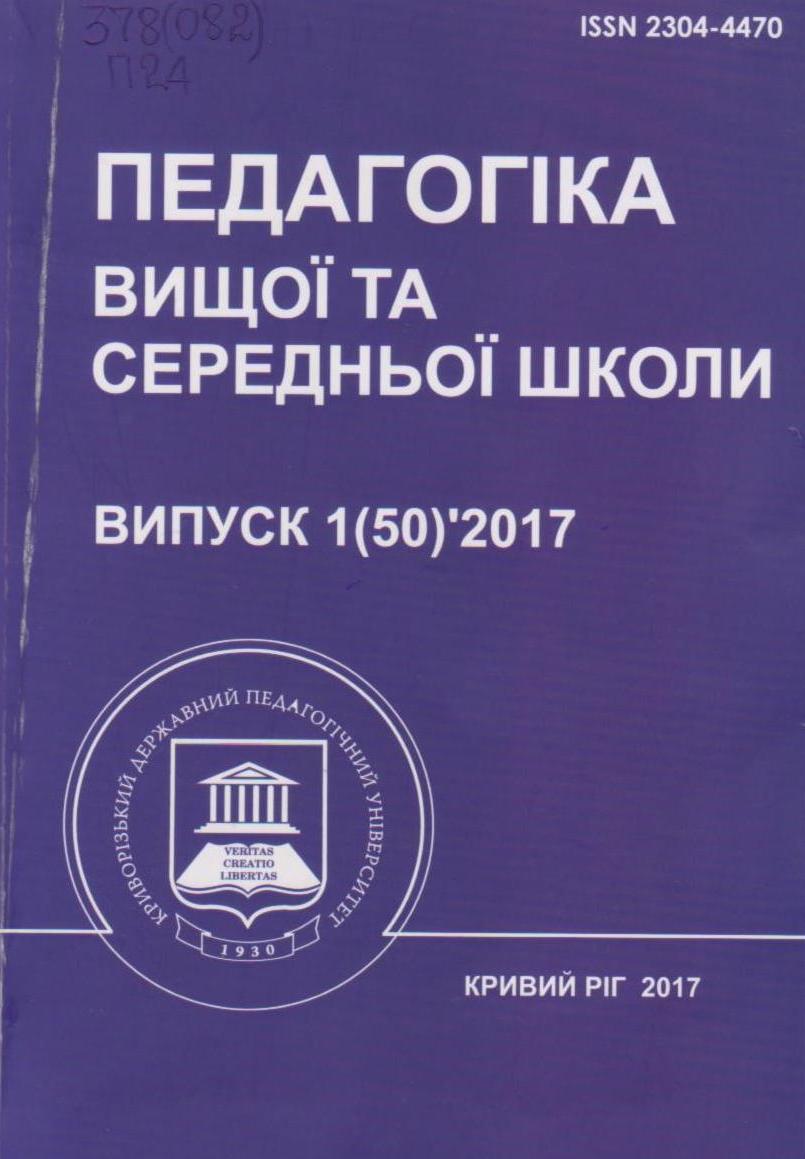Дидактичний потенціал фізики у розвитку критичного мислення
DOI:
https://doi.org/10.31812/pedag.v50i0.1298Ключові слова:
критичне мислення, дидактика, стандарт освіти, фізика, проблемне навчання, методика навчання фізики, наукова картина світуАнотація
У статті розглядається проблема розвитку критичного мислення суб’єктів навчального процесу. Виокремлено основні елементи, які складають основу критичного мислення. Розглянуто та проаналізовано зміст дисципліни «Фізика». Визначено дидактичний потенціал курсу фізики. З’ясовано, що успішному формуванню та розвитку критичного мислення учнів сприяє розгляд проблемних ситуацій та проблемних запитань. Показана важливість використання запитань для розвитку критичного мислення. Наведений взаємозв’язок побудови сучасної картини світу та розвитку критичного мислення тих, хто навчається. Доведено, що фізика як наука та навчальна дисципліна надає можливості розвитку критичного мислення учнів.
Завантажити
Посилання
Нечепельська Н. В. Формування критичного мислення / Н. В. Нечепельська // Педагогічна майстерня. – 2010. – № 5. – С. 2–5.
Векслер С. І. Розвиток критичного мислення учнів у процесі навчання / С. І. Векслер. – Київ : Радянська школа, 1971. – 171 с.
Зверева Н. М. Активизация мышления учащихся на уроках физики : Из опыта работы : [пособие для учителей] / Н. М. Зверева. – Москва : Просвещение, 1980. – 112 с.
Карпова Л. Б. Розвиток критичного мислення / Л. Б. Карпова // Фізика в школах України. – 2013. – № 10. – С. 2–6.
Гильмиярова С. Г. К вопросу о формировании критического мышления у студентов педагогических вузов / С. Г. Гильмиярова, К. В.Даутова, Ю. Ю. Шамигулова // Наука и школа. – 2016. – № 3. – С. 201–206.
Теория и методика обучения физике в школе : Общие вопросы : [учеб. пособие для студ. пед. учеб. заведений] / С. Е. Каменецкий, Н. С. Пурышева, Н. Е. Важеевская и др. – Москва : Академия, 2000. – 368 с.
Програма для загальноосвітніх навчальних закладів 10-11класи. Фізика. Рівень стандарту. Академічний рівень. Профільний рівень. – Київ : Поліграфкнига, 2015. – 35 с.
Програма для загальноосвітніх навчальних закладів 7-9 класи. Фізика. Рівень стандарту. Академічний рівень. Профільний рівень. – Київ : Поліграфкнига, 2015. – 38 с.
Гончаренко С. У. Формування наукового світогляду учнів під час вивчення фізики : [посібник для вчителя] С. У. Гончаренко. – Київ : Радянська школа, 1990. – 208 с.
Завантаження
Опубліковано
Номер
Розділ
Ліцензія
Авторське право (c) 2017 Артем Олександрович Соломенко, Олександр Андрійович Коновал, Тетяна Іванівна Туркот

Ця робота ліцензується відповідно до ліцензії Creative Commons Attribution 4.0 International License.




